DANUrB+ - 5TH DANURB+ INTERNATIONAL PARTNER MEETING AND CULTURAL TOURS IN SOMBOR, SERBIA
25-06-2021
The 5th DANUrB+ International Partner Meeting took place in Sombor, Serbia on June, 15-17, 2021. It gathered journalists from Croatia and Serbia and more than 90 participants from the 6 different partner countries (Hungary, Serbia, Romania, Bulgaria, Croatia, and Slovakia).
The Grand Opening was in the Županija Palace where participants were welcomed by the Project Lead Prof. Bálint Kádár (BME, Hungary) and representatives of local authorities and public enterprises. Prof. Aleksandra Đukić from the University of Belgrade, Faculty of Architecture, presented the highlights for the next three days.
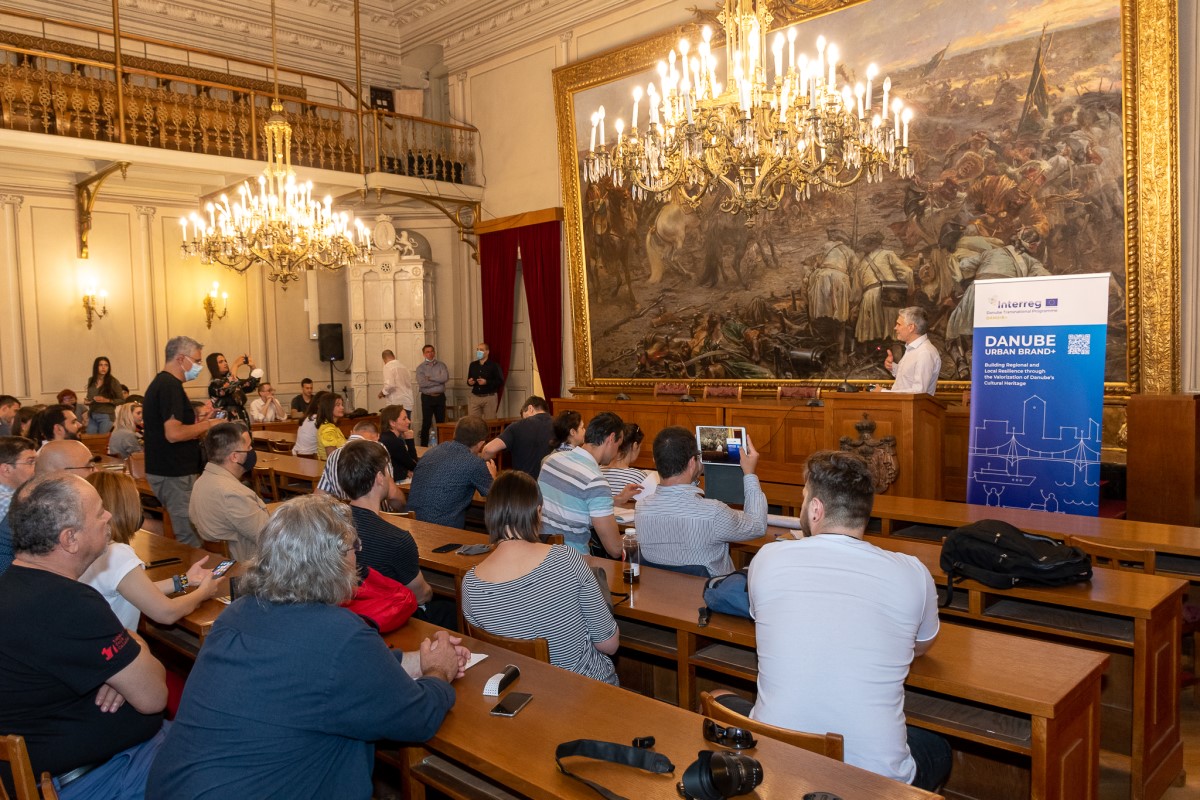

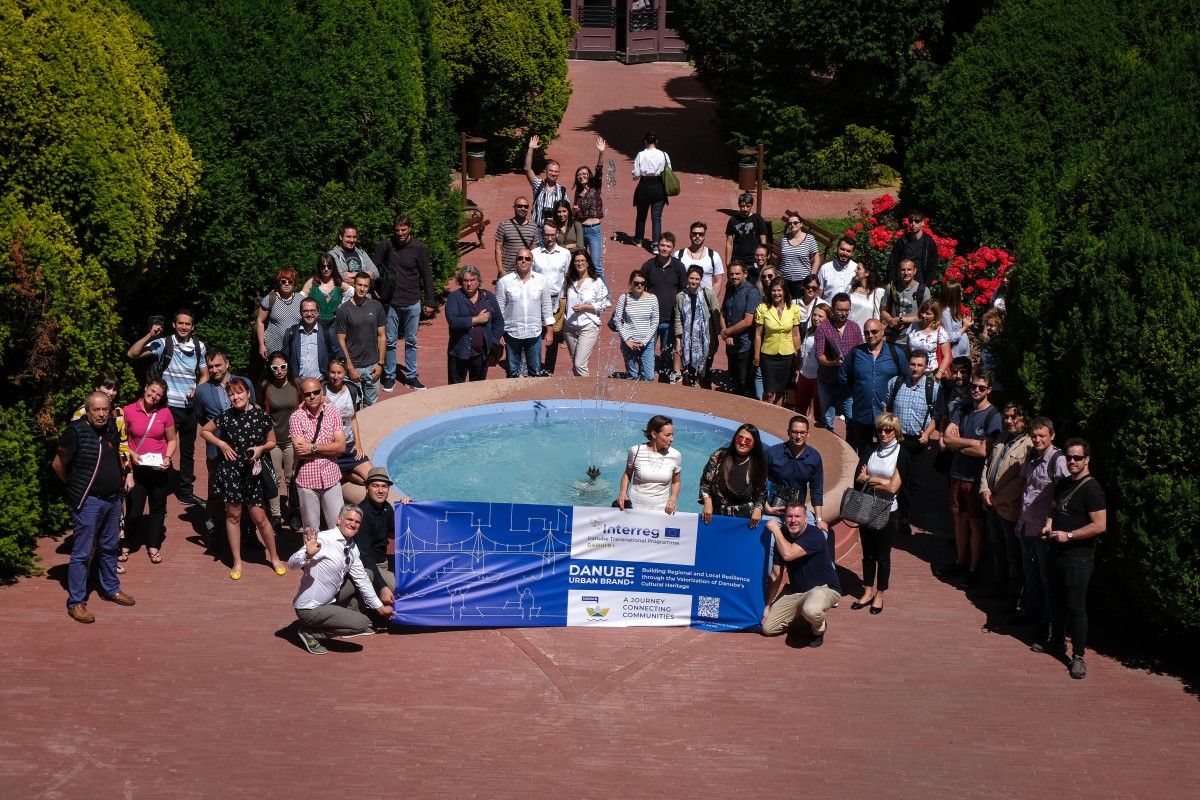
Cultural tours added valuable experiences to the discussions during the first day. The DANUrB-ians visited several good practices along the Danube. The first stop was the largest painting in Serbia “The Battle of Zenta”, dated from the late 19th century. It is in the Main Assembly Chamber of Županija Palace and has the impressive dimensions of 7 x 4 m. The Palace itself is the monumental building with the key administrative facilities, facing a huge square and the main (pedestrian) street of Sombor.
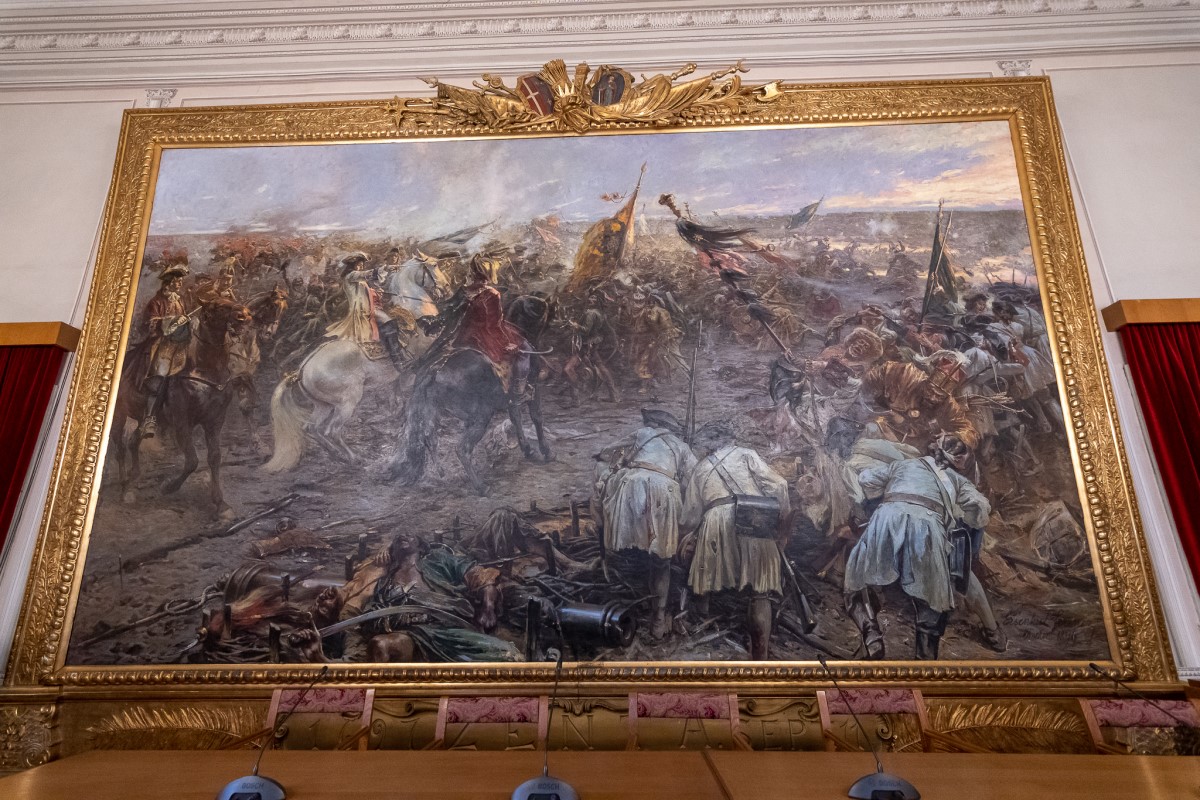
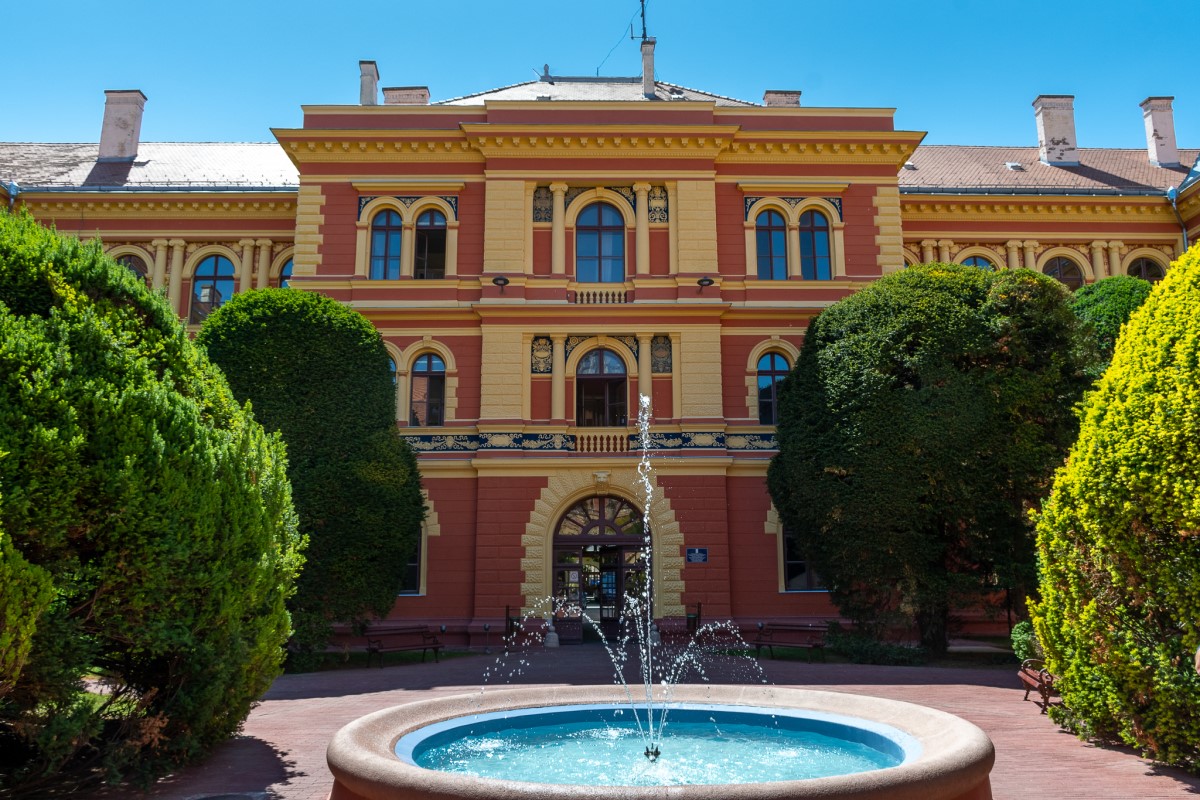
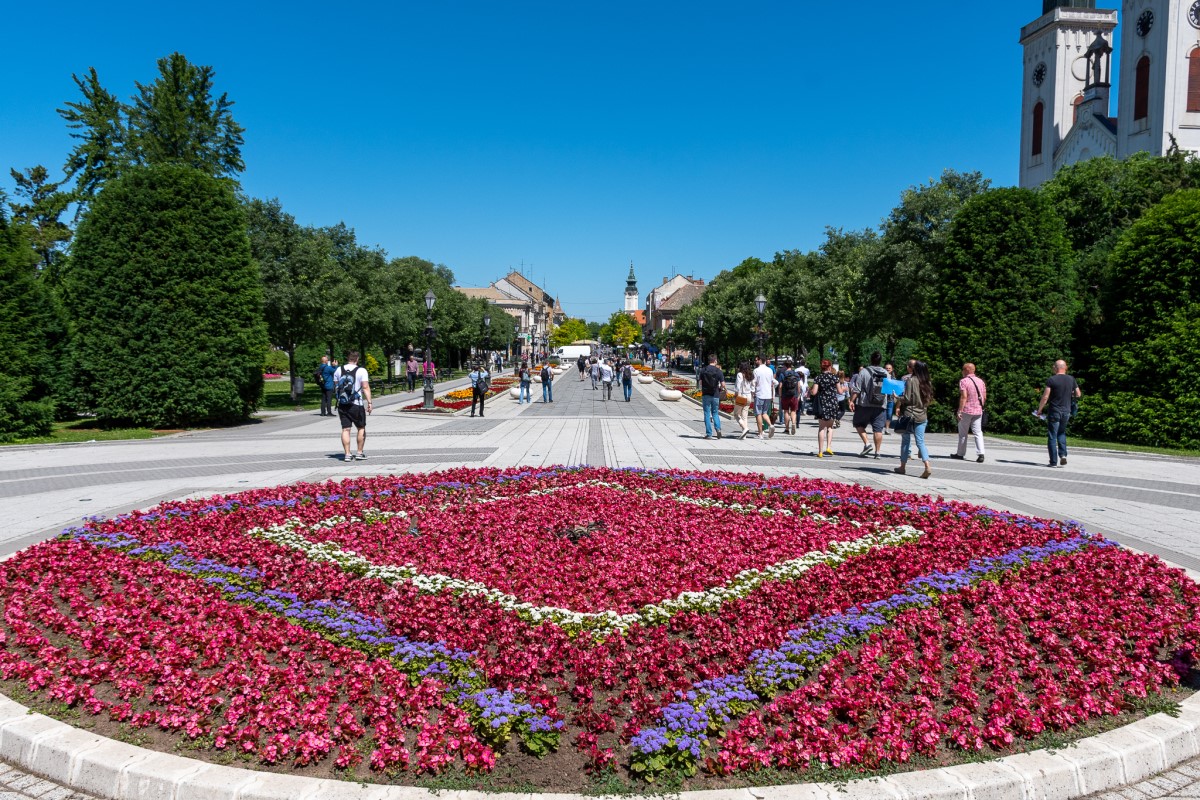
After the Sombor city tour, the group headed off to the old Serbian village of Stapar for an inspirational cultural visit. The house of “Staparska ruža” (Eng. Stapar Rose) is a Women Association, which aims to preserve local traditions of rug handcraft, including handcraft patterns and traditional colors, such as maroon or dark green. The name of the association is connected to the most traditional motif on rugs – the Rose.
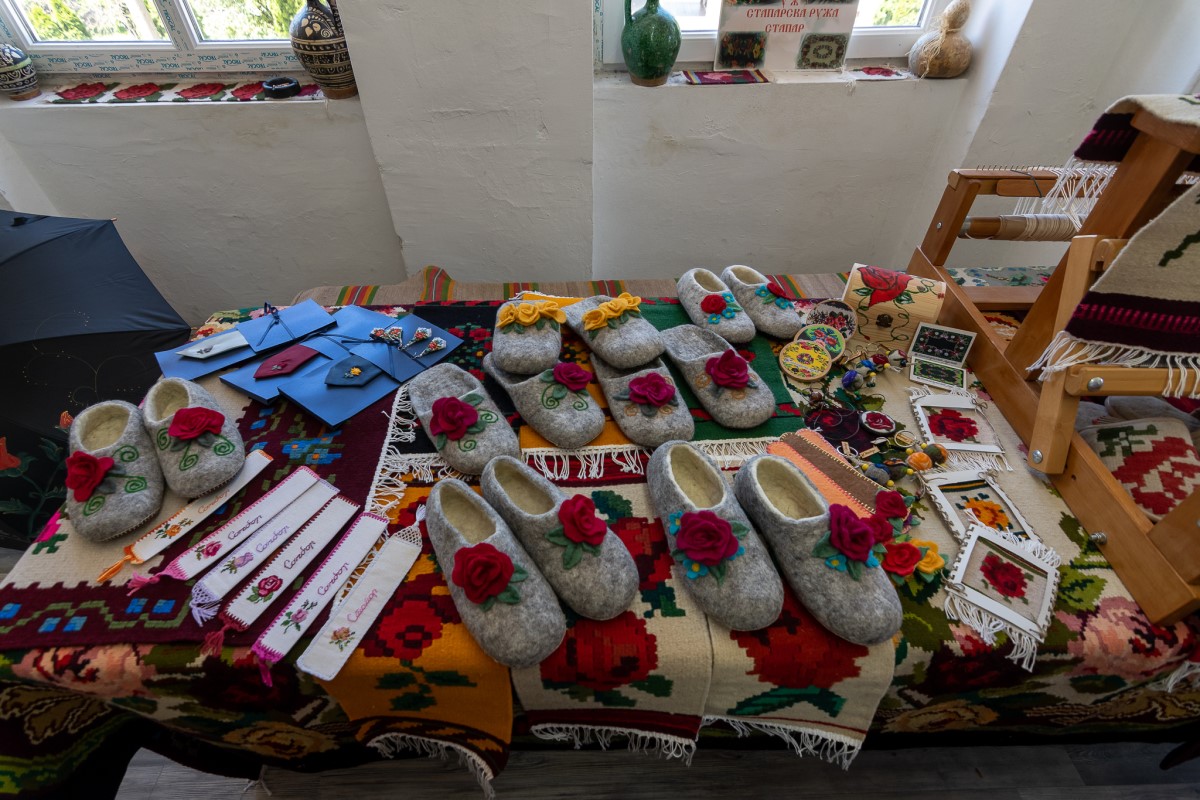

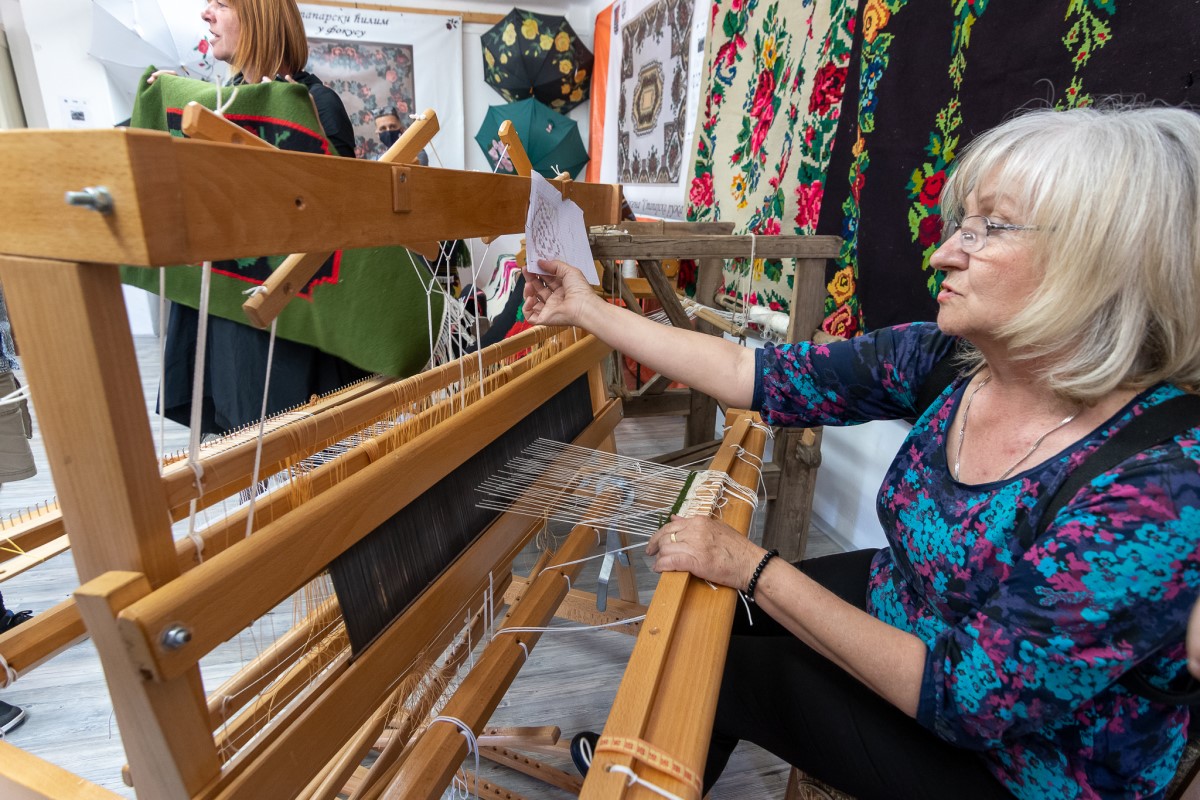
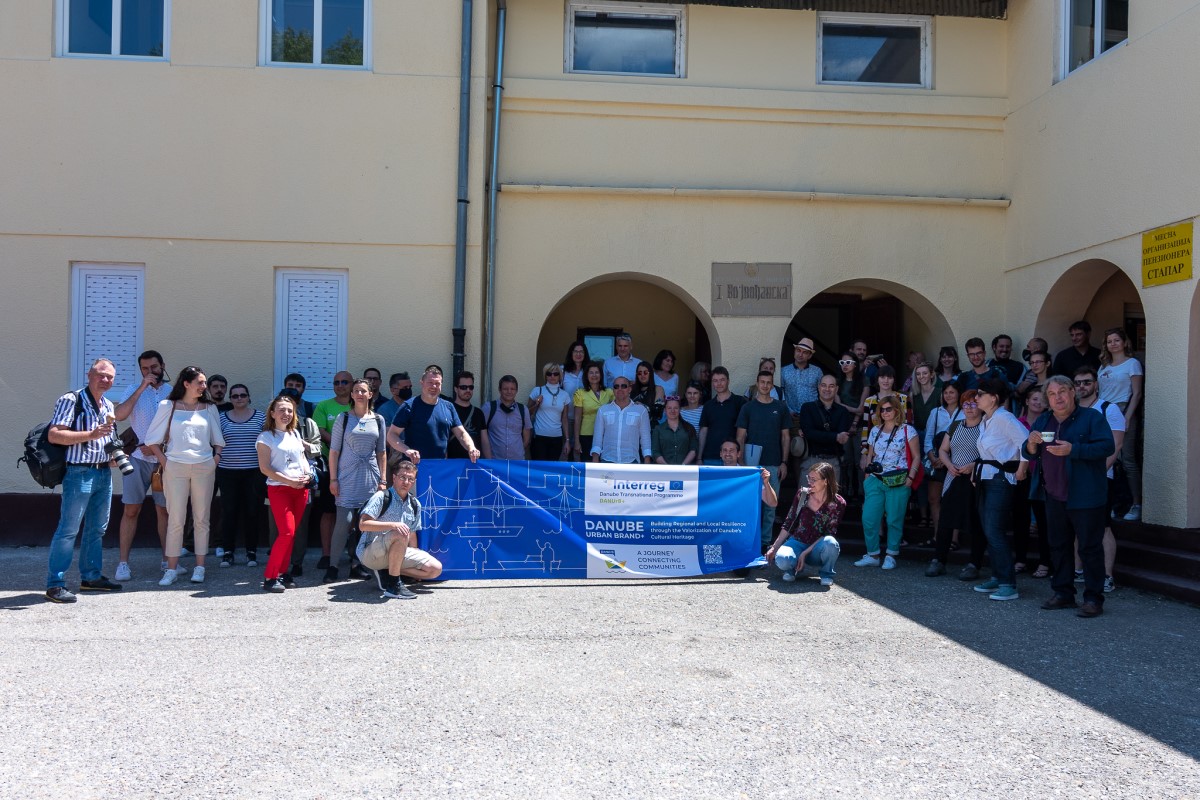
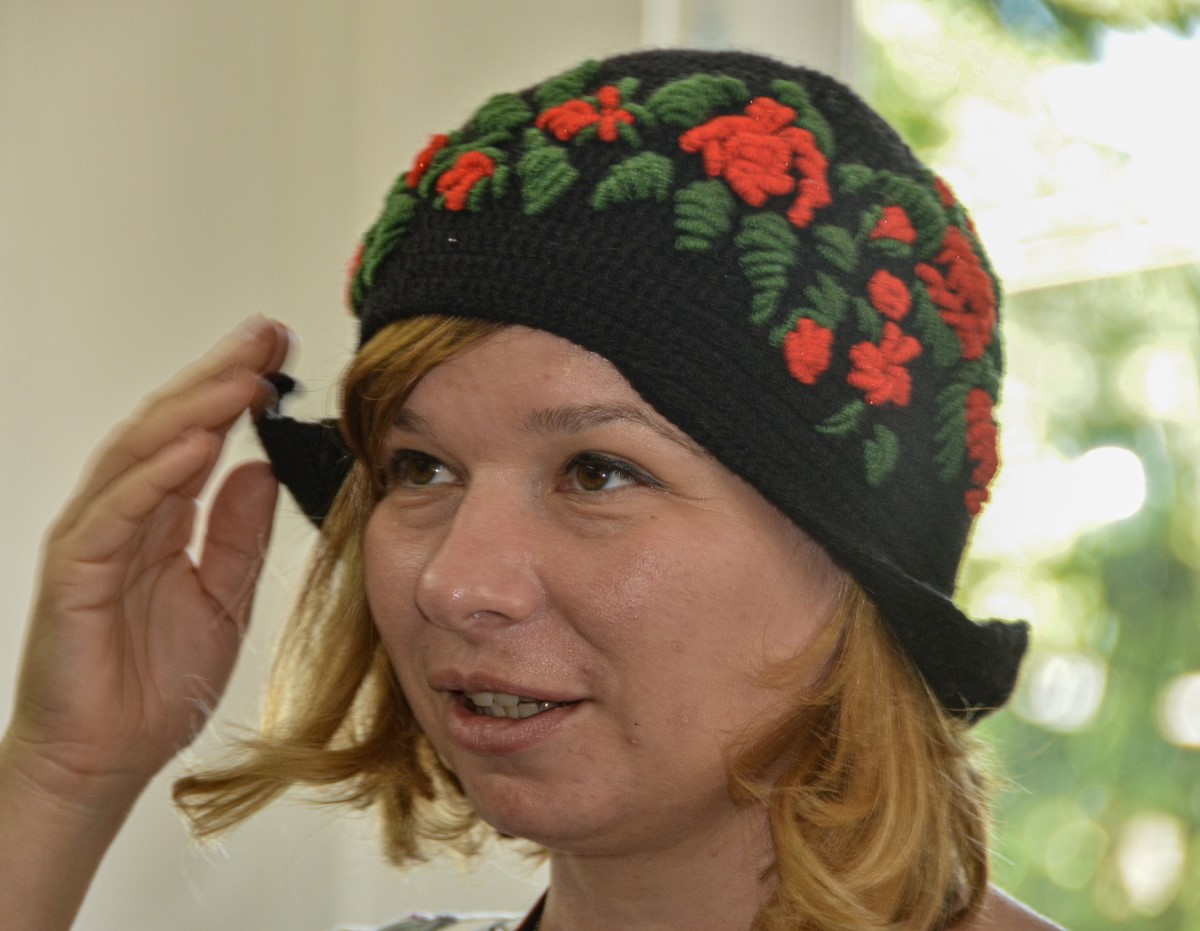
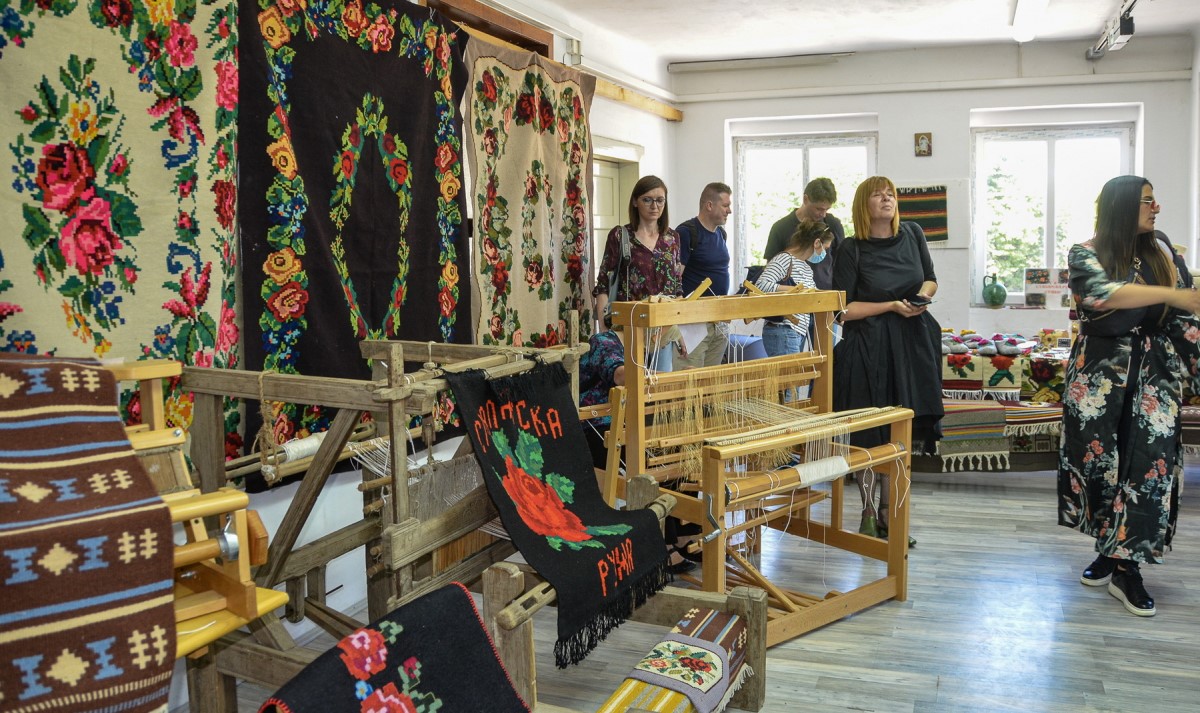
The next stop was the Bački Monoštor - an old Šokac village with well-developed ethno- and ecotourism. Partners and journalists enjoyed the preparation and the magnificent taste of a freshly cooked fish stew at the “Mali Bodrog” ethno-house – a traditional Šokac household. This is the oldest house in the village still covered with traditional reed. It is quite well preserved in the state of the late 19th century and when you go inside you feel like going back in time.
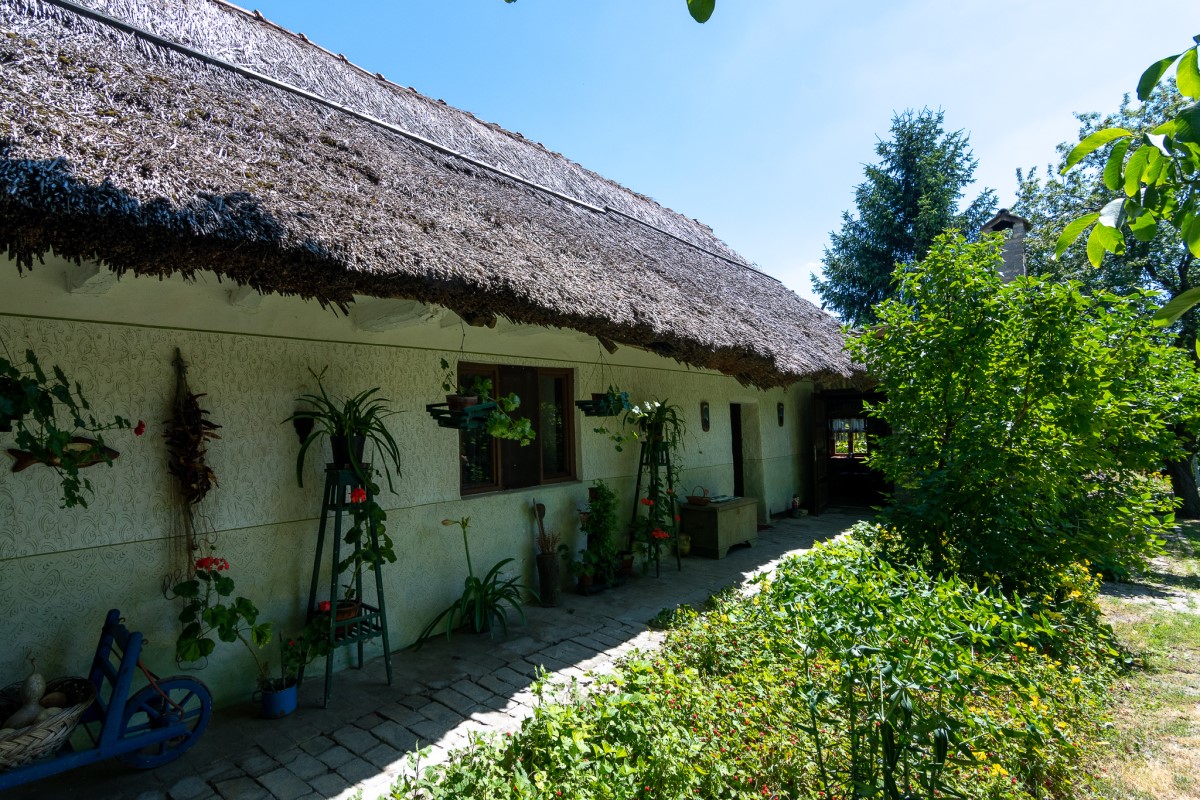
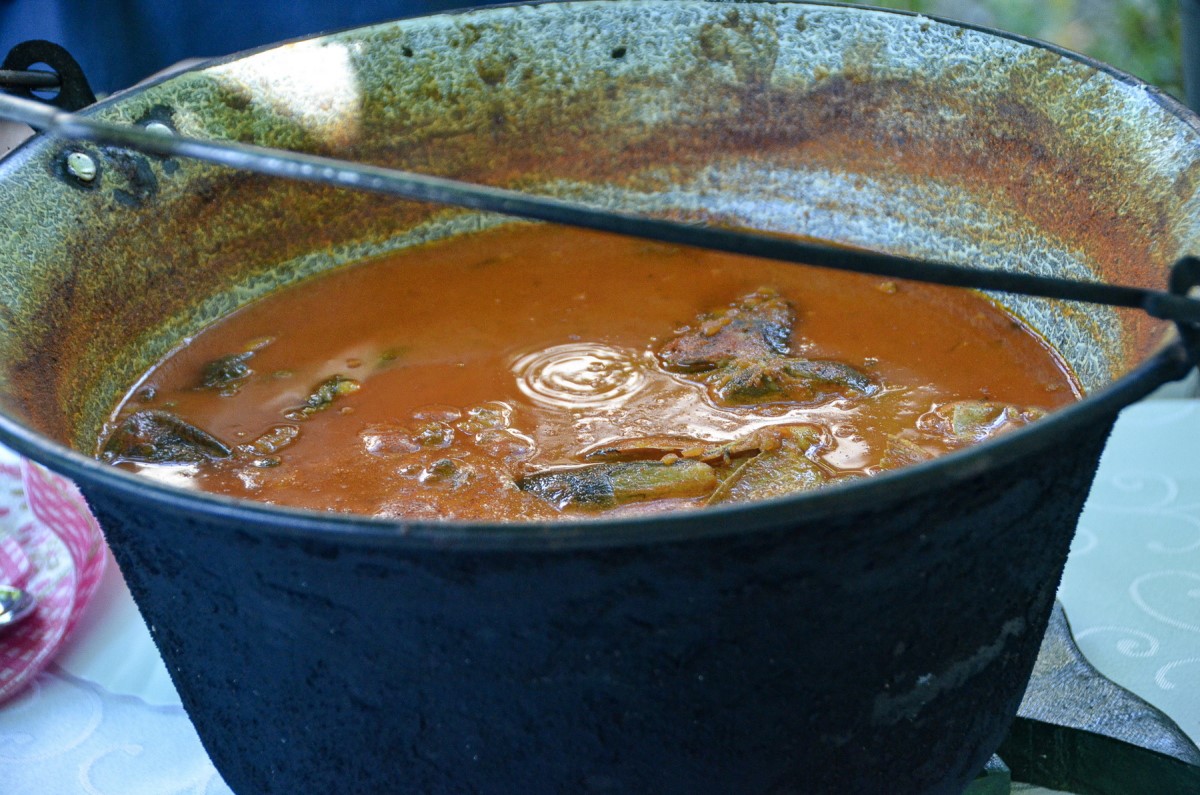
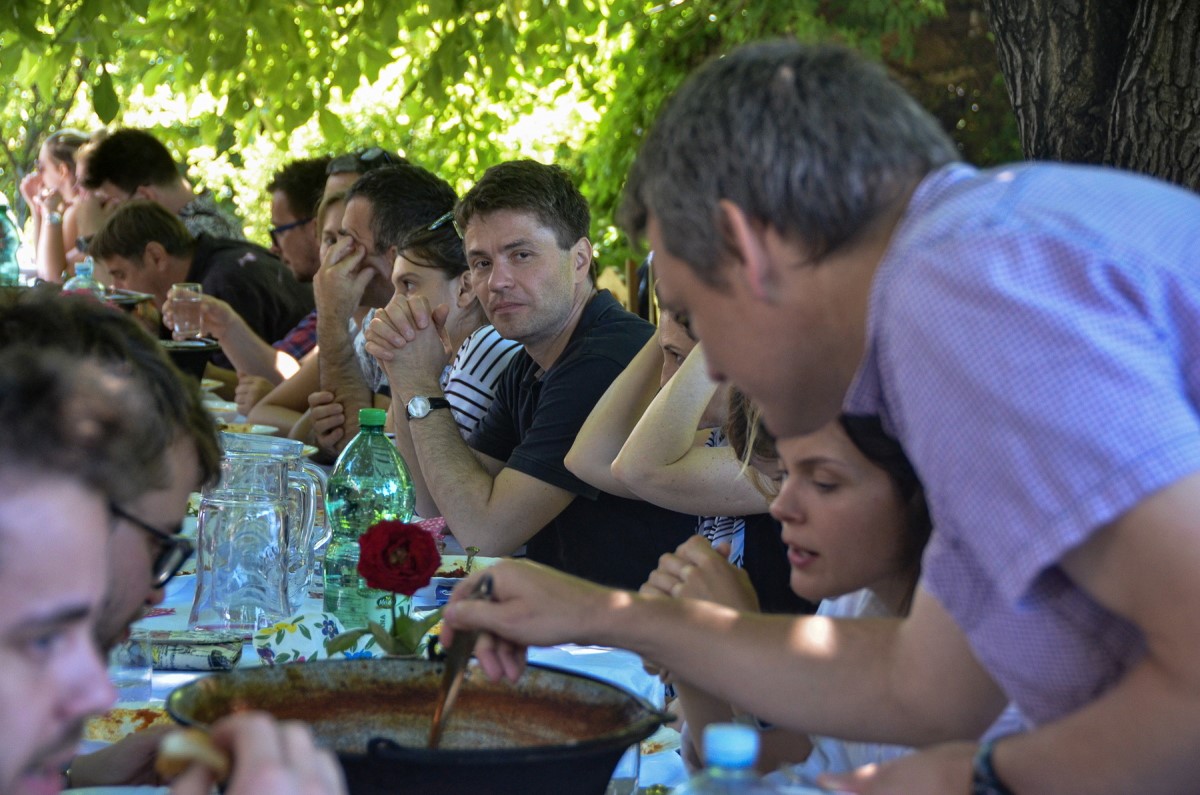

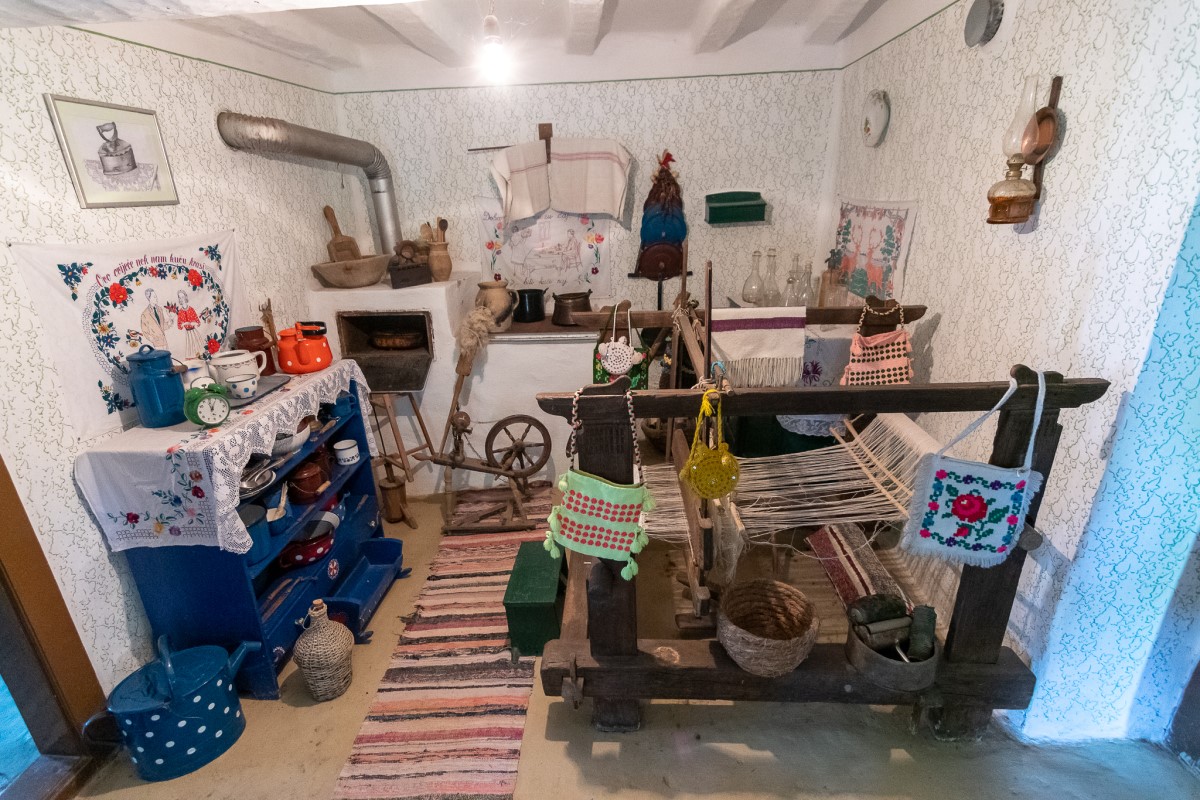
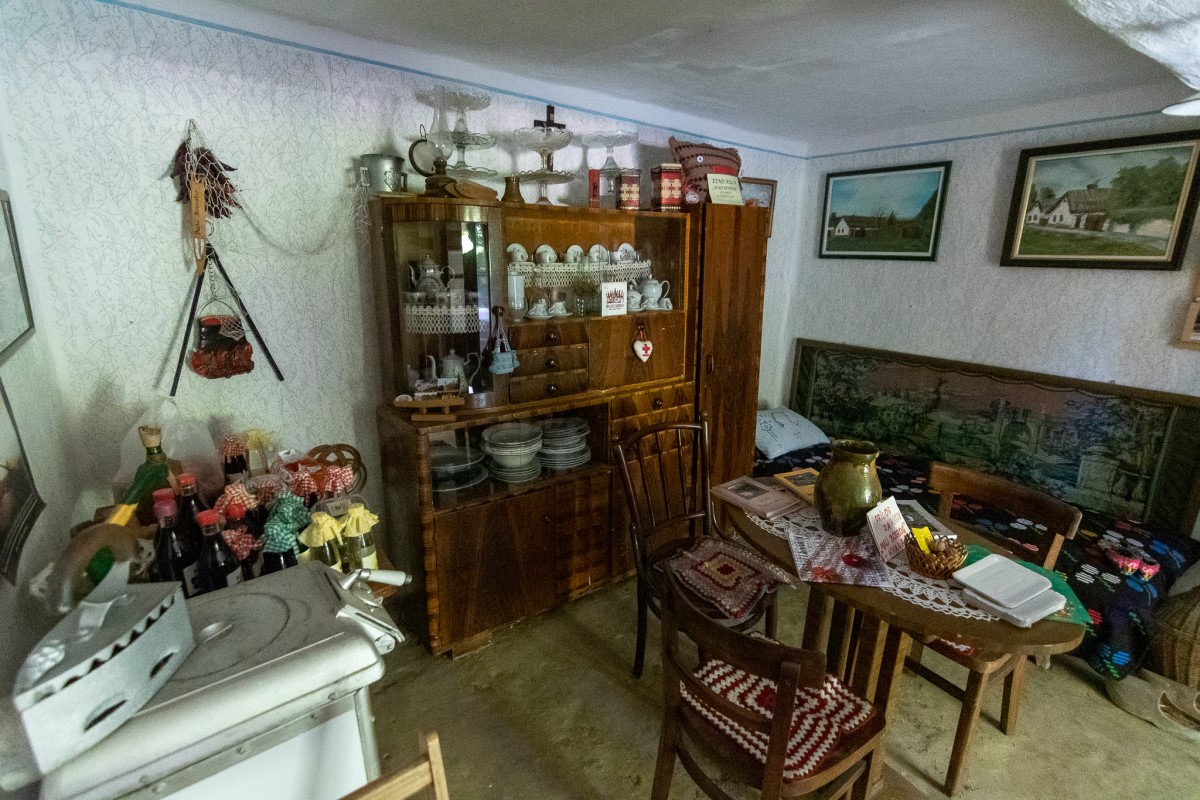
Being a masterpiece of the late modernist architecture, the Museum of the Battle of Batina on the Danube Riverside reveals the spirit of the battle between the units of the Red Army and the People’s Liberation Army against the Wehrmacht and their allies.
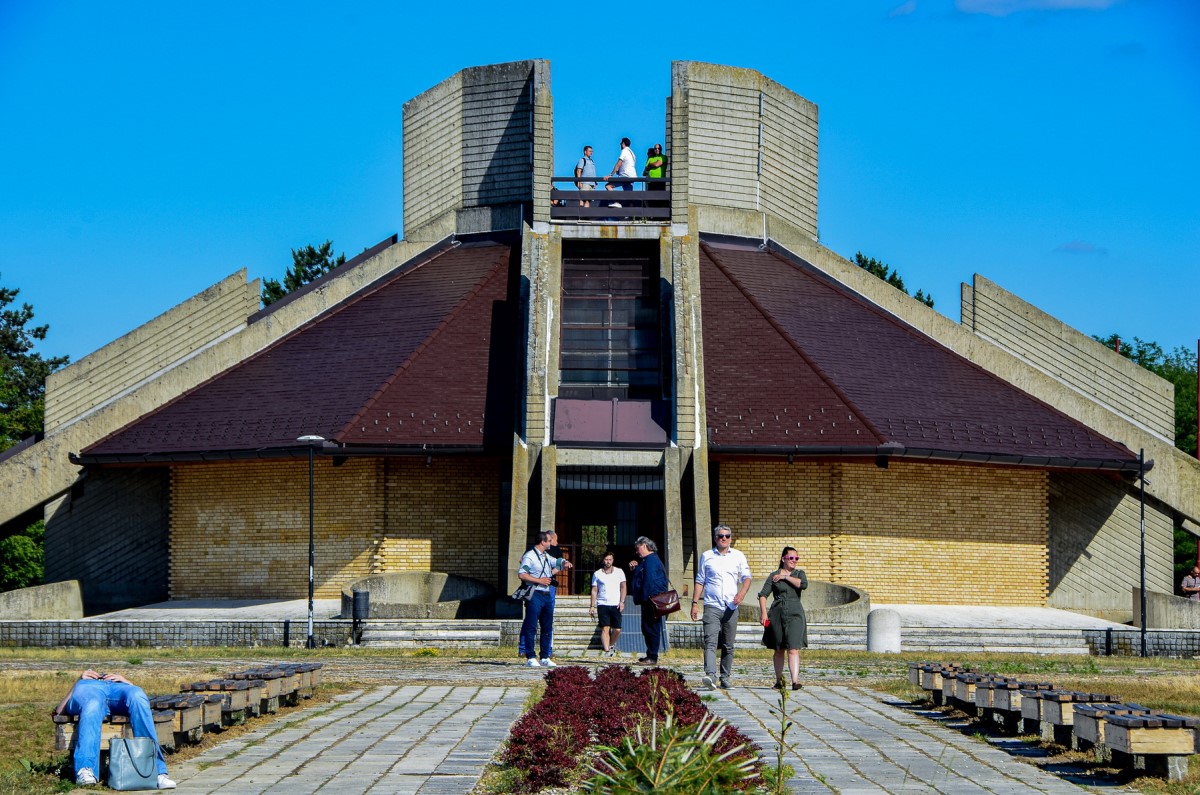

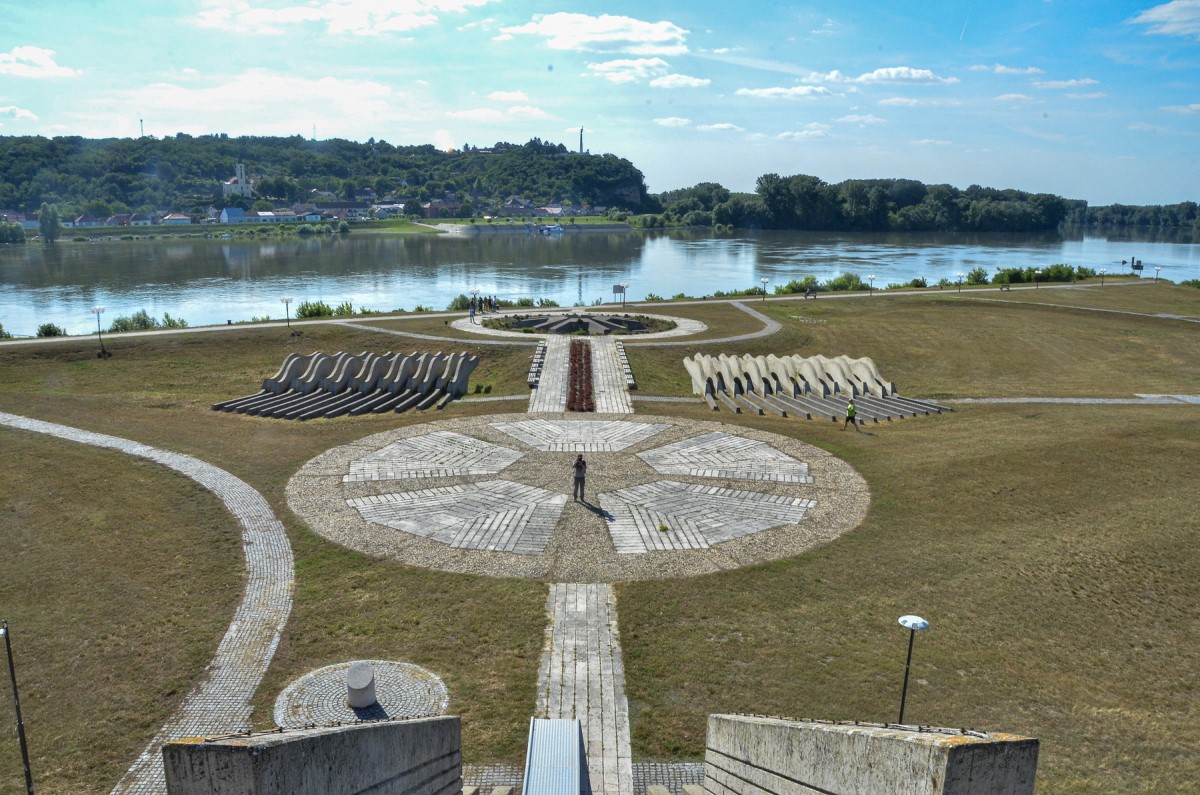
Nearby is the recently refurbished Bezdan Gate-Lock. This is the first gate-lock on Great Bačka Canal, and it was one of the most significant hydro-projects in Pannonian Plain. The current gate-lock was constructed in 1856 and it represents the first underwater use of concrete as a material worldwide. The participants enjoyed breath-taking views of the Danube River from these two spots.
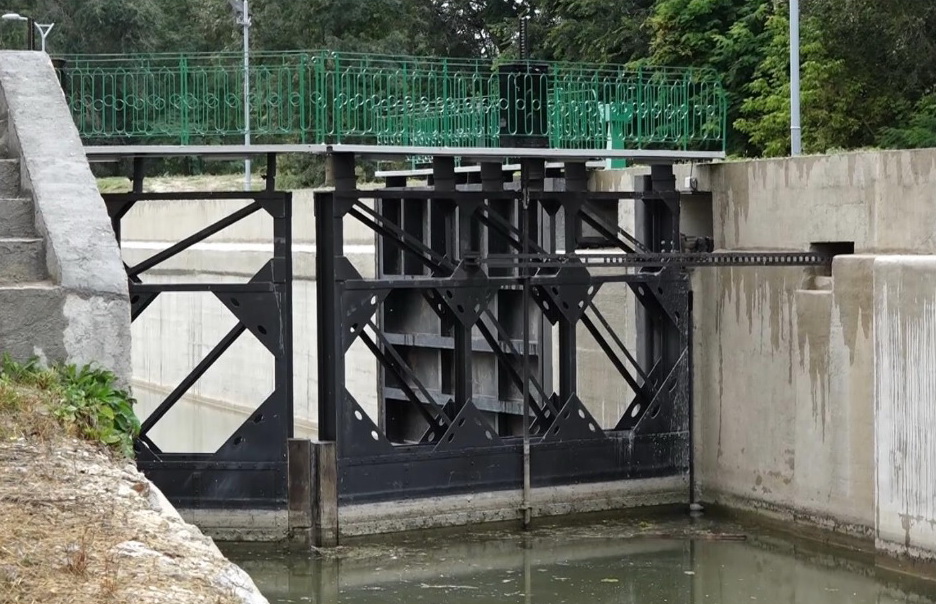
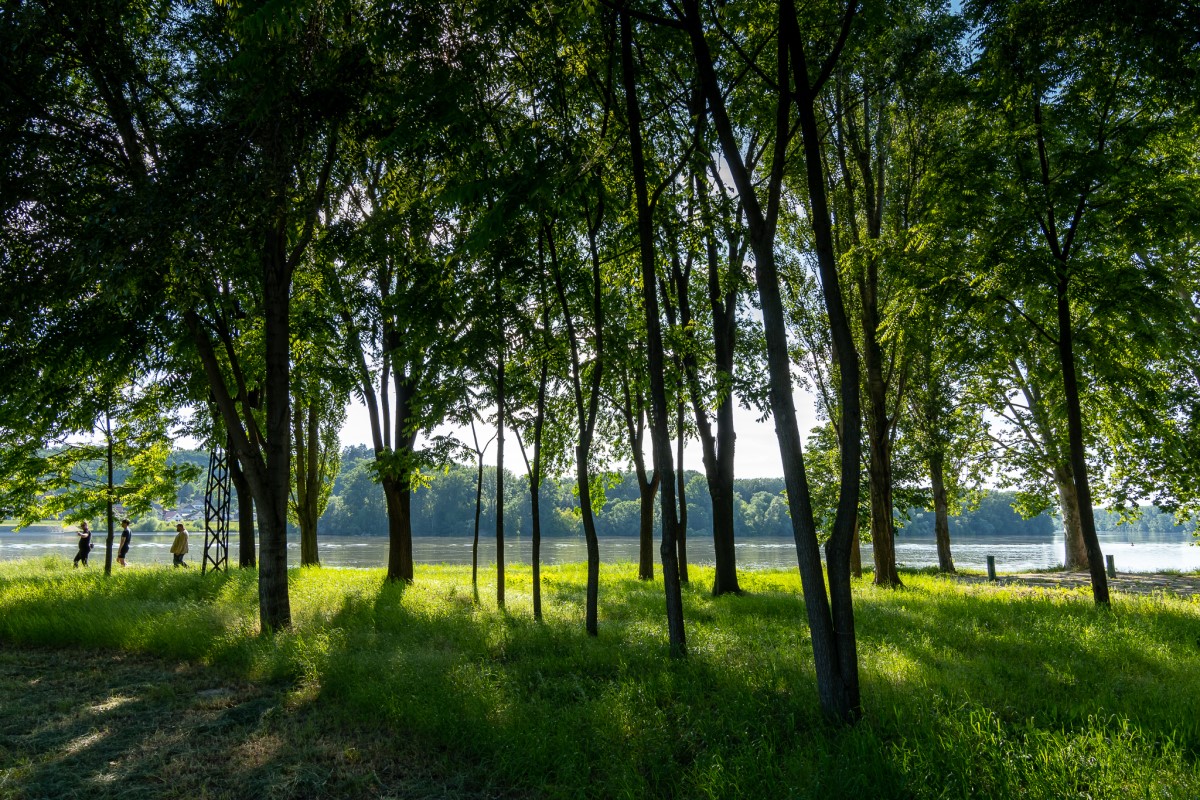
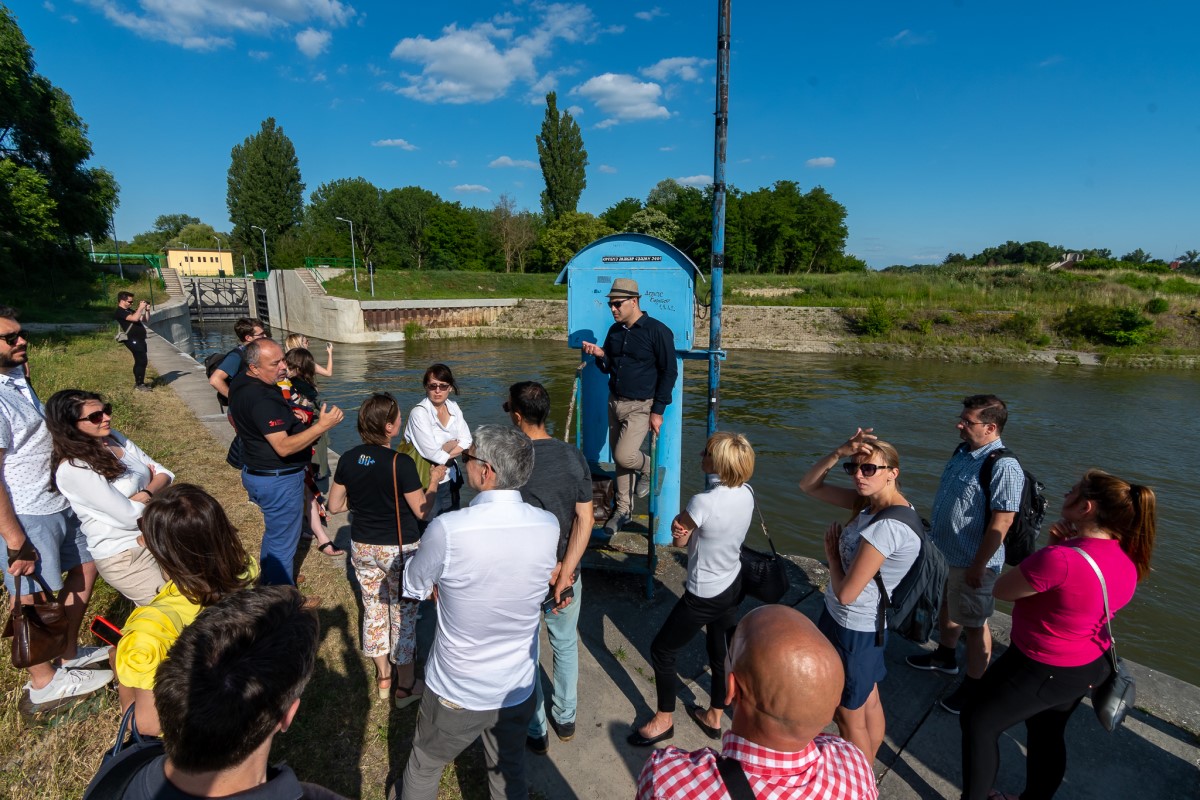
The Grand finale of the day was Bezdan, which is an old Hungarian market town with rich history and local heritage. The main visit was to the “Novitet” Manufacture of Bezdan Damask Silk. Having 18 working old jacquard looms and 2 spools, it is the only one still working in the world. The present-day manufacture was established by Janos Schmidt in 1871 on technology from Upper Hungary. Feeling the power and complexity of these antique machines still producing the sound of the old traditional quality, was amazing.


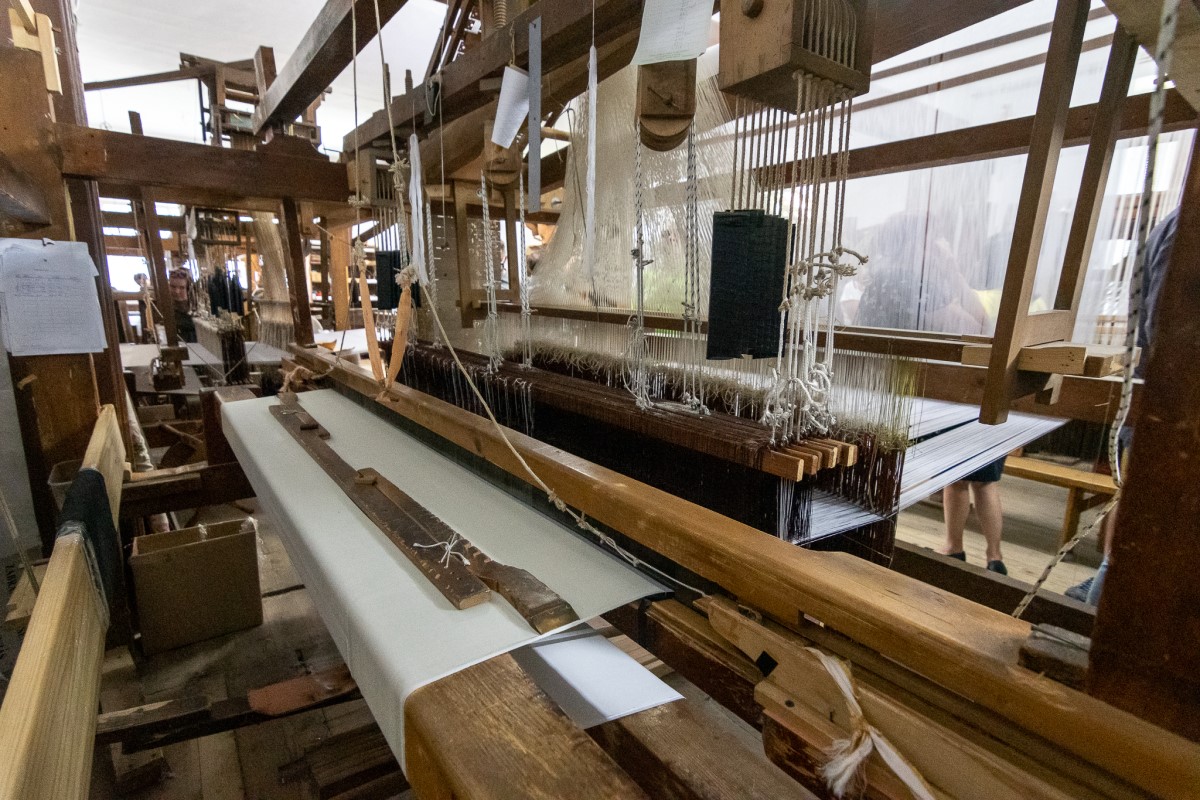


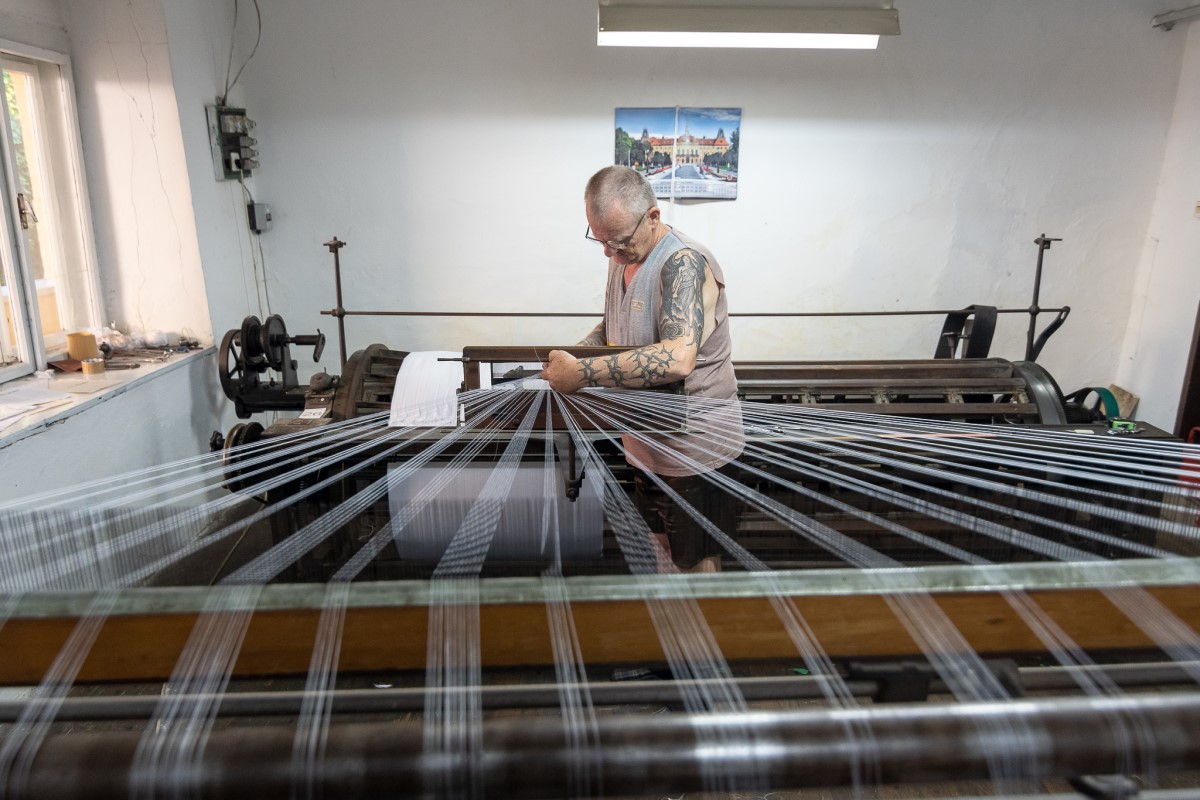
A Round Table for journalists on Storytelling, Good Practices, and Intangible Heritage along the Danube was the highlight of the second day. “The project is about ordinary people with extraordinary power”. The participants expressed their support to the project and willingness to find and represent the “perfect” story from a shrinking town. The DANUrB+ Quality Label was acknowledged as the important tool/standard for collecting/mapping good practices and heritage.
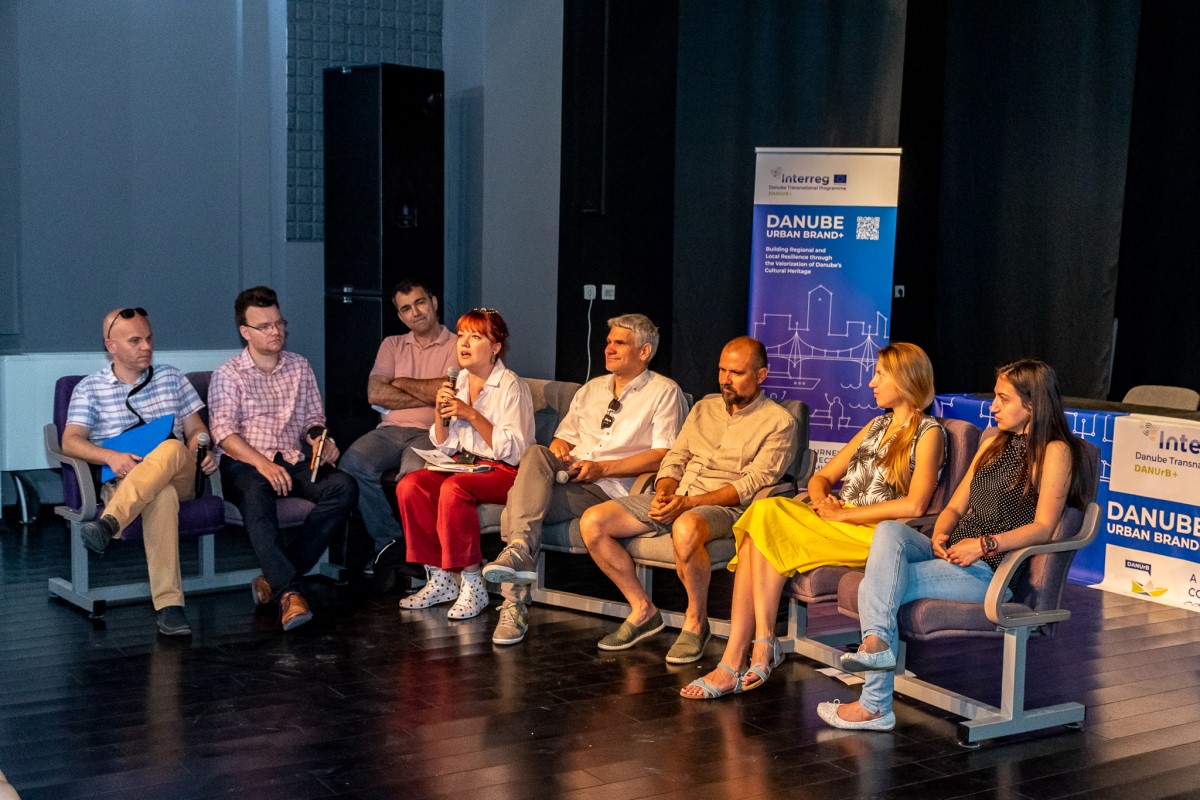
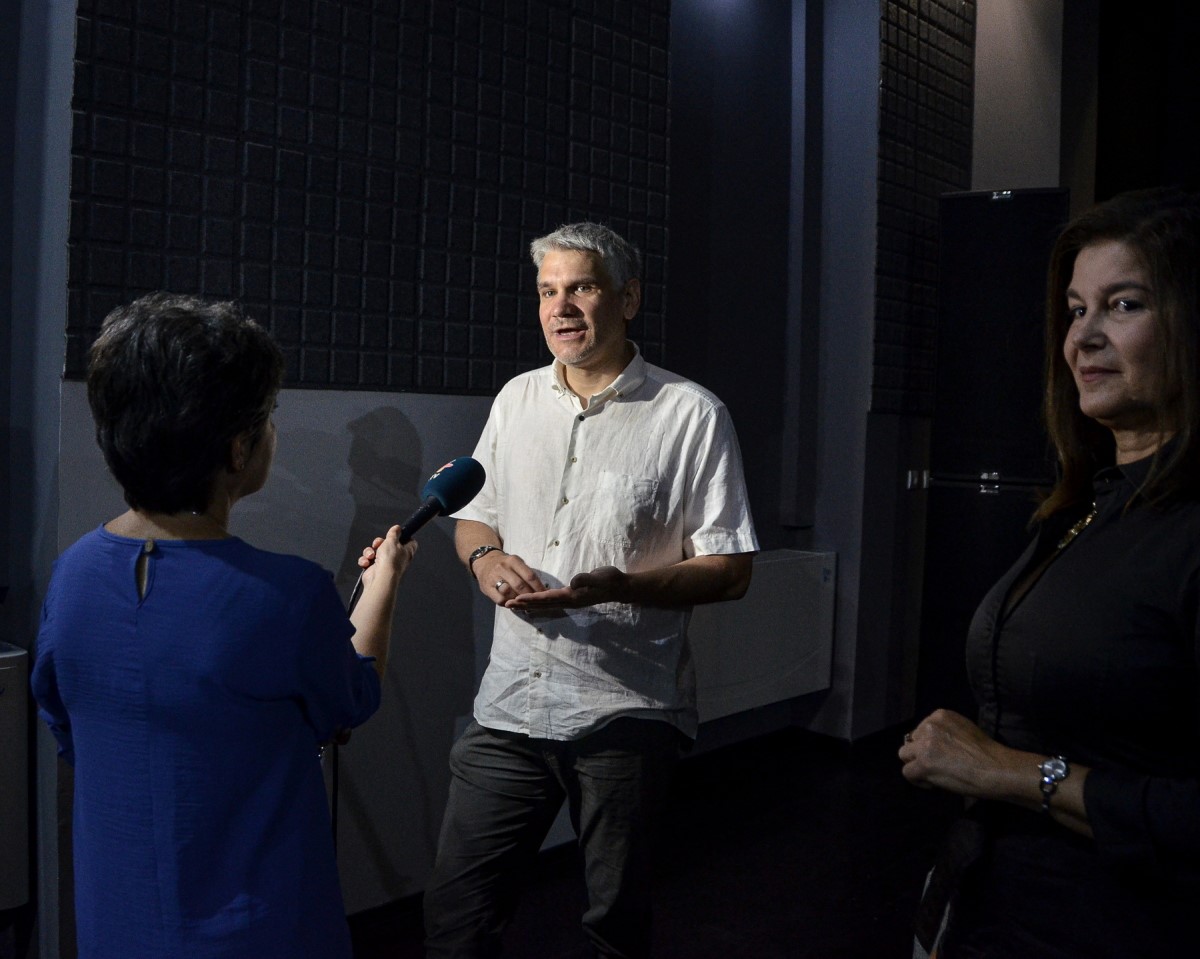
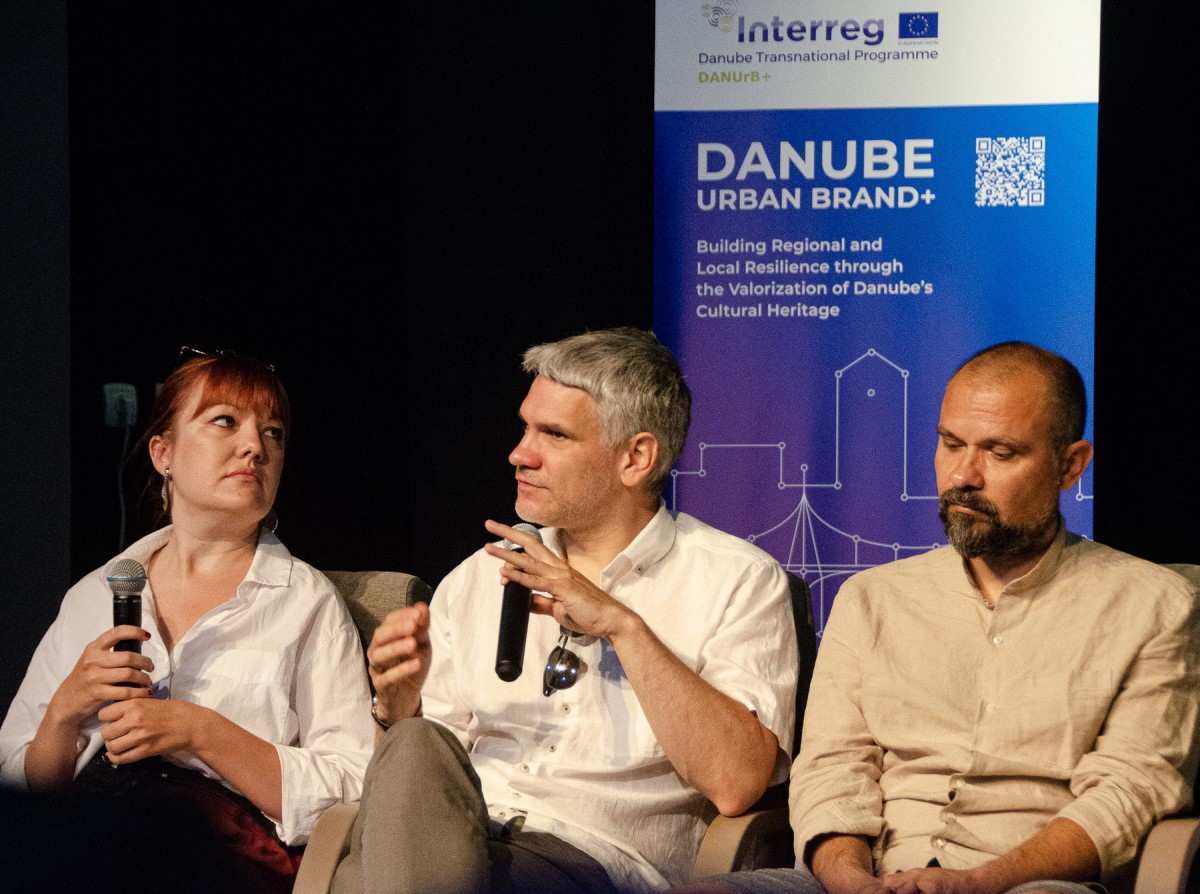
Several Workshops were on the Agenda for the second half of the day and continued on the third day of the event. Participants were actively involved in discussions about the Atlas of the Danube cities, the potential of intangible heritage, regional action plans for municipalities, educational programs, and work with stakeholders. Ideas about the new DANUrB PocketGuide Tours and the documentary film on cultural heritage revealed the creative side of all partners.

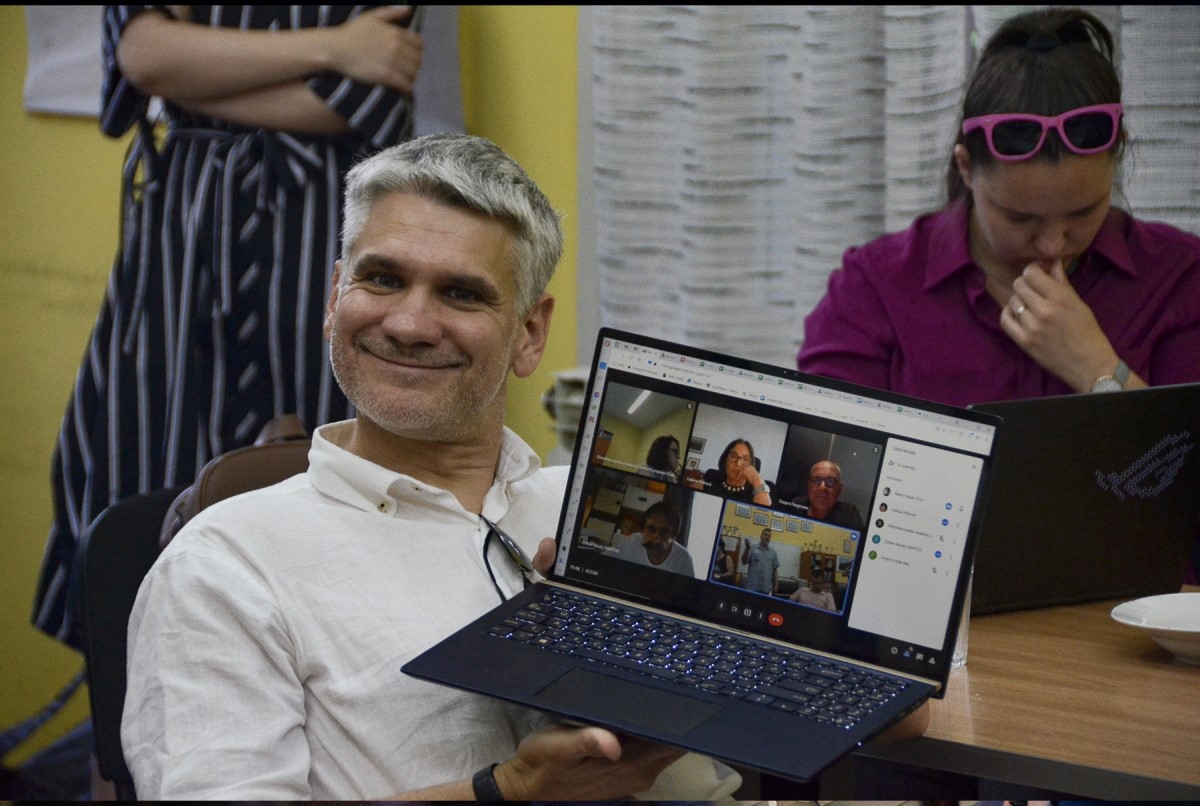
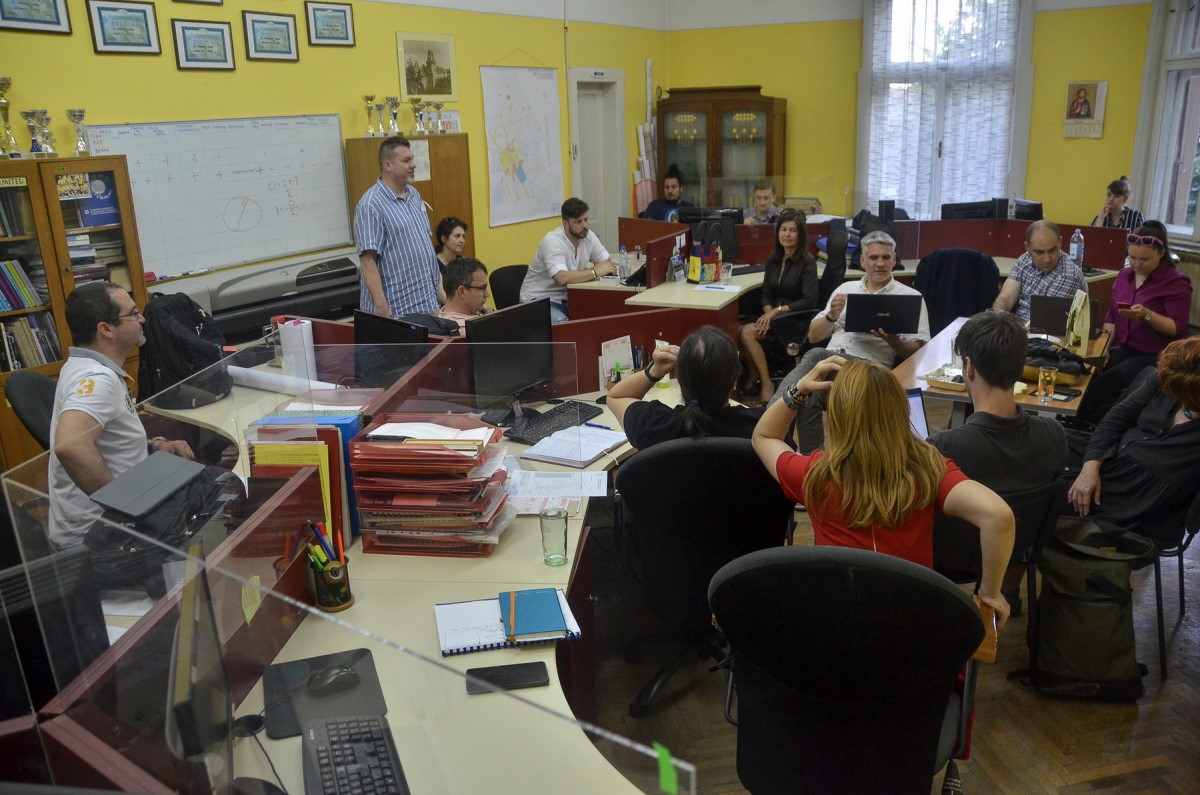
Despite the busy schedule, partners took a cultural walking tour along Sombor - the historic core within “Venac”, the city ring road, pedestrian zone – Kralja Petra Prvog Street with old Serbian quarter, Trg Svetog Trojstva (Square of Holy Trinity) – old Rome Catholic quarter, and Museum of Milan Konjović, one of the most important Serbian modernist painters. This green (known as the Green Town actually), bicycle friendly, clean, well-arranged, and wine producing city left a remarkable memory in all our hearts and minds.
The great experiences could not have been succeeded without the devoted team of the University of Belgrade and our excellent local host - Dragana Siljanović Kozoderović, DANUrB+ ASP representative.
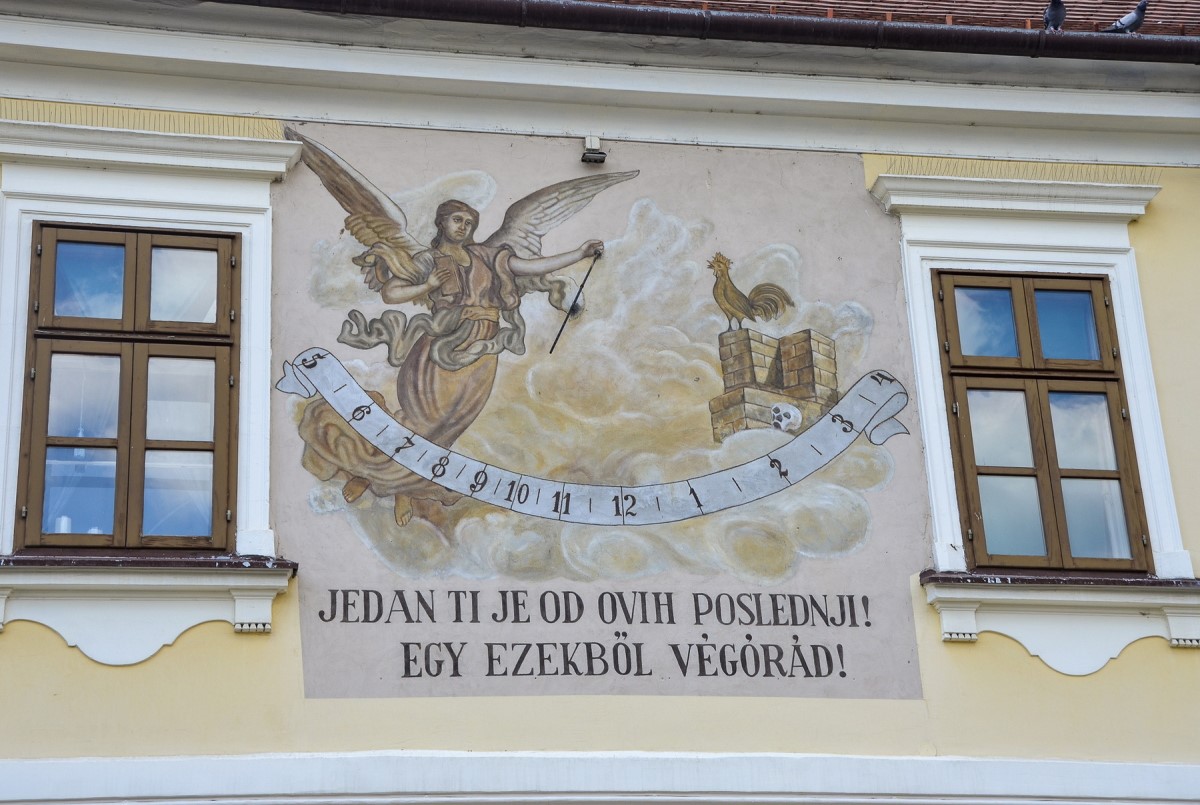


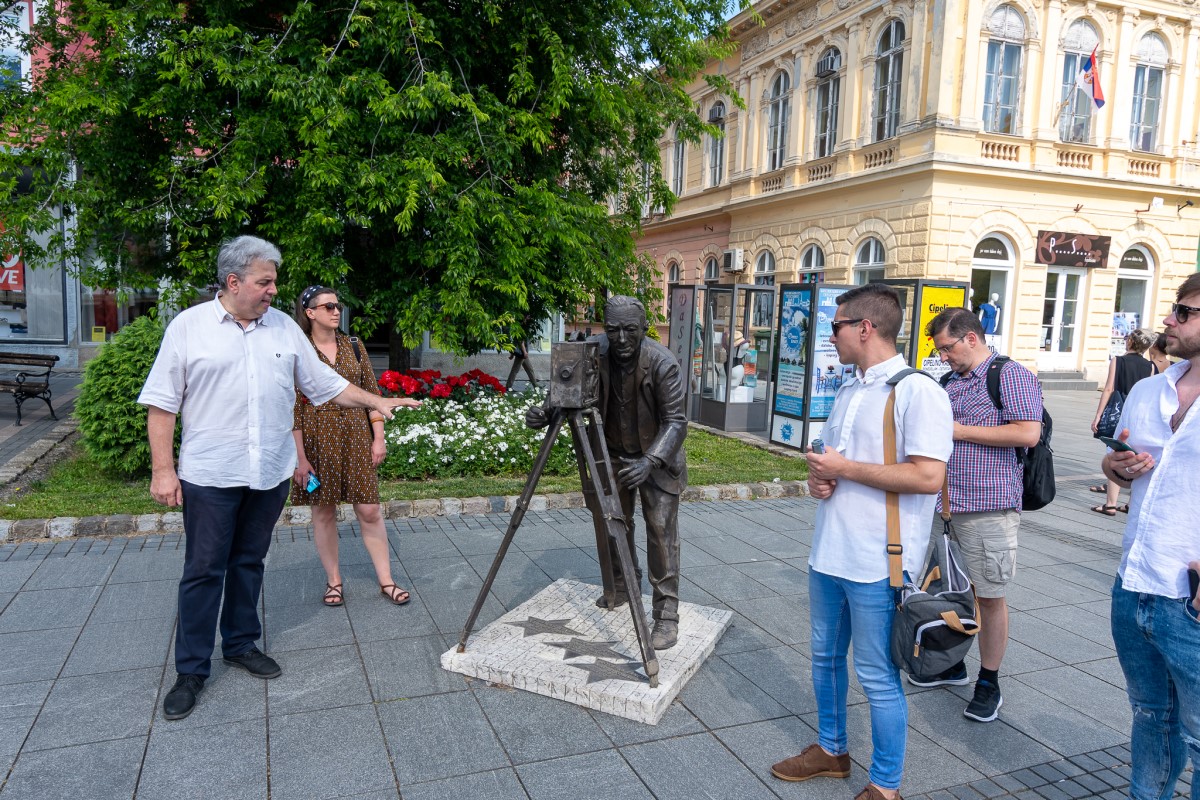

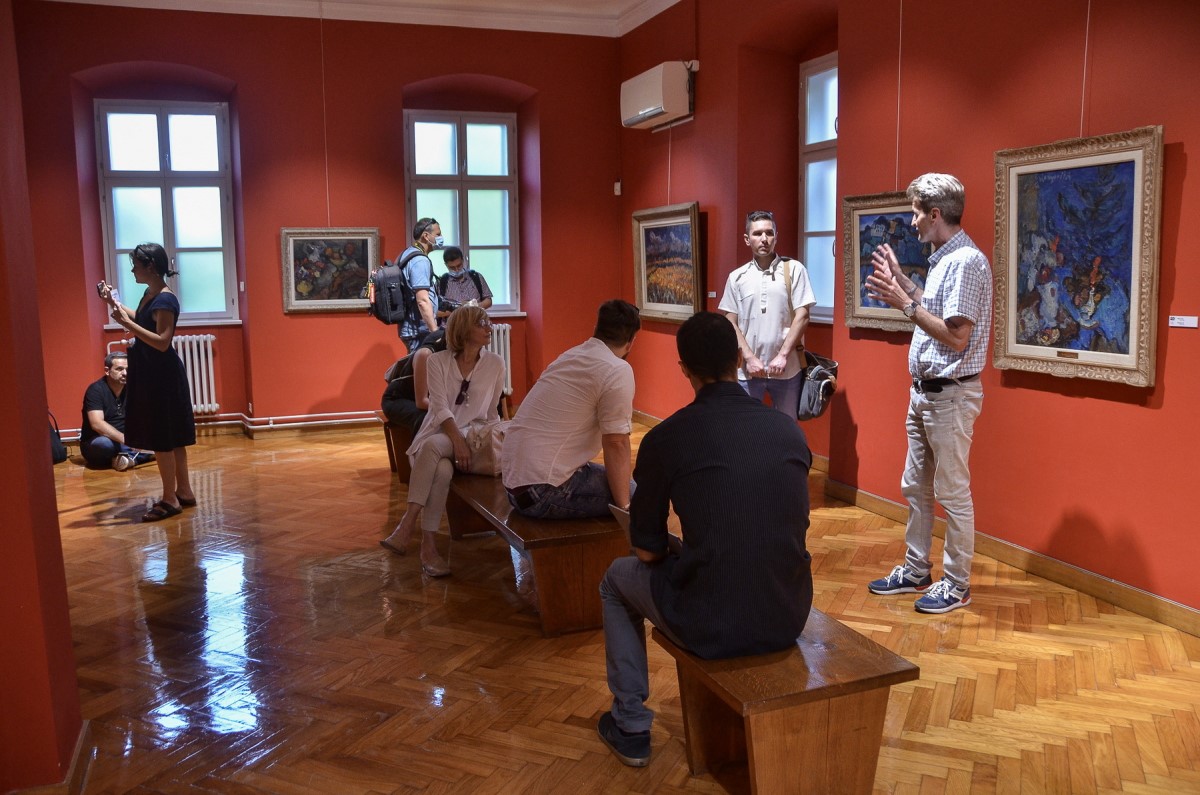
------------------------------------------------------------------------
DANUrB+ project was launched in July 2020 to activate underused cultural heritage and resources on the peripheral and border regions along the Danube River. It is co-financed by the Interreg Danube Transnational Program 2014-2020. The expected result is to increase local development and international tourist attractiveness.
Project co-funded by European Union funds (ERDF and IPA).
